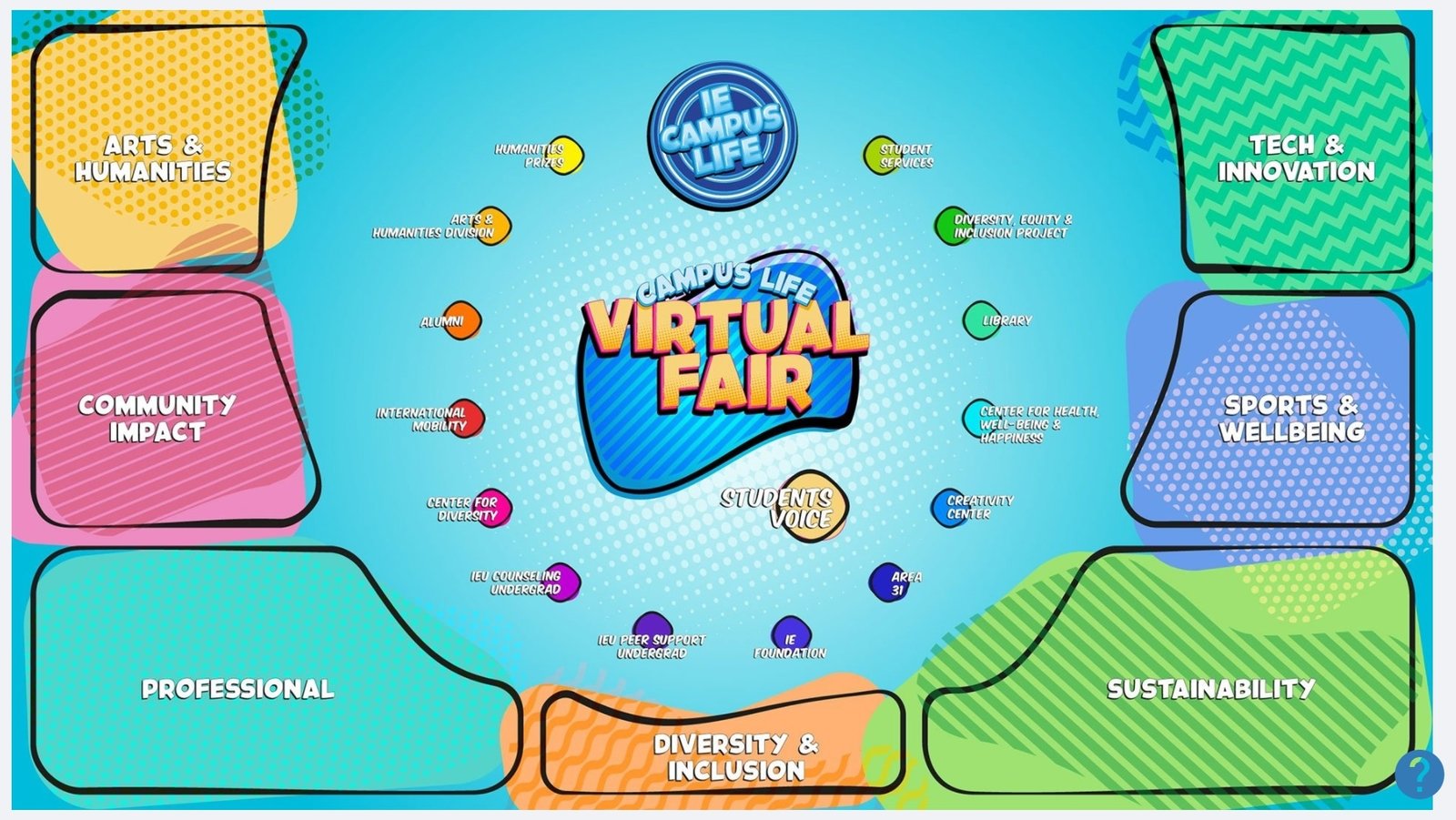Our minds are full of biases. They alter the way we perceive the world around us, how we behave, and the decisions we make in our day to day lives. In the field of behavioral economics, biases are known as those errors that disturb our perceptions of reality, preventing us from making purely rational decisions.
The Behavioral Economics Club at IE has been exploring this topic since they became active. They share knowledge of biases, behaviors, decision-making processes, and much more.
Last Tuesday, they hosted an event featuring Dr. Romain Cadario, a French researcher who currently works as an assistant professor at the Erasmus University in Rotterdam. He investigates behavioral change, especially regarding marketing interventions that aim to produce desired behaviors in people.
During the hour-long talk that Dr. Cadario gave to the members of the club, he explained the research he has done in this area, concerning people’s behavior when it comes to food. He spoke of some biases that are present in our minds when we make judgements and decisions about food, which ultimately alter our eating behaviors. For instance, he spoke of the health halo, a bias guilty of driving us to make incorrect evaluations about the nutritional value of the food we consume.
Cadario also explained how certain circumstances can feed on our biases, and ultimately support our flawed perceptions about the food we consume. For instance, product labels may lead us to believe that some product is healthy, even though this might not be the case in reality.
“We are biased when making estimations about the contents of nutrients in our foods, and these biases can be contaminated” – Dr. Romain Cadario
Aside from explaining the biases that disturb our perceptions in this area, the guest speaker also described some nudging techniques that can be used to slightly push people’s behavior towards a specific choice. “Nudging” is known as a strategy that does this, creating small changes in context that favor one specific choice, without eliminating people’s freedom to choose for themselves. For example, to nudge people towards eating healthier snacks, behavior designers would place fruits near the cash register at grocery stores, instead of the regular unhealthy options.
Dr. Cadario described a way in which nudges can be effectively implemented, affecting what consumers know, feel, and do. He explained how different interventions target each of these areas, and how they can all be used to create the desired response in consumers.
The event hosted by the Behavioral Economics Club in collaboration with this guest speaker provided its members with valuable insight into some research in the field of behavioral economics. It covered biases, nudging techniques, and taught the members of the club about those factors influencing our food choices, and how people can be nudged into making better decisions about their food.







